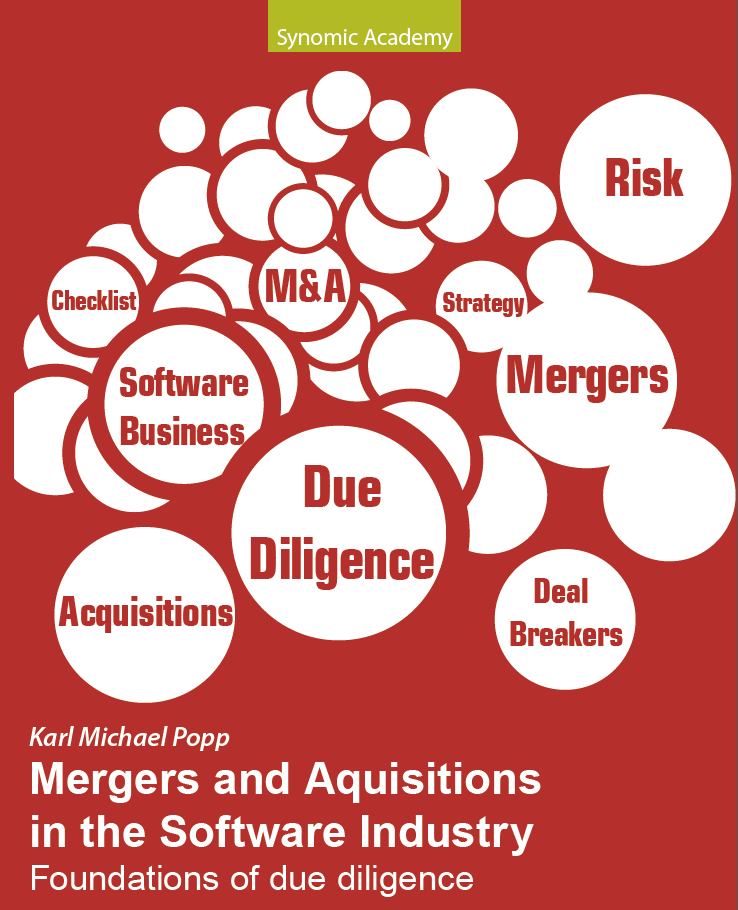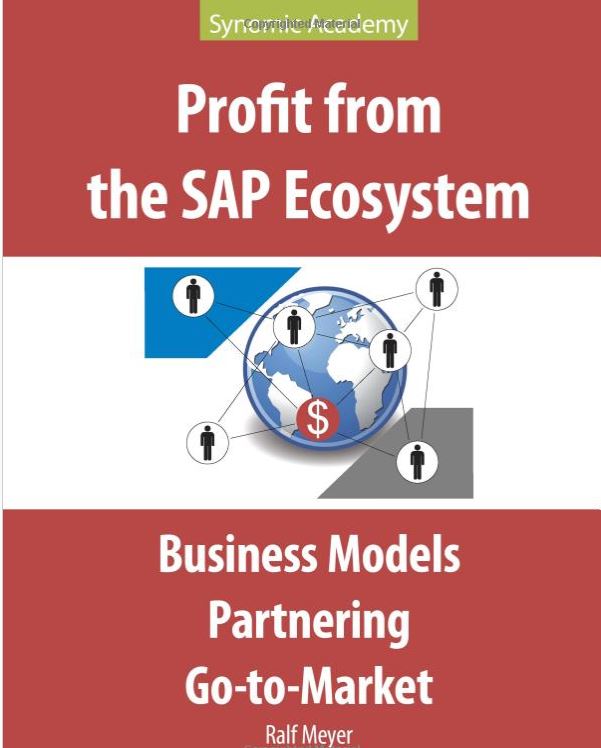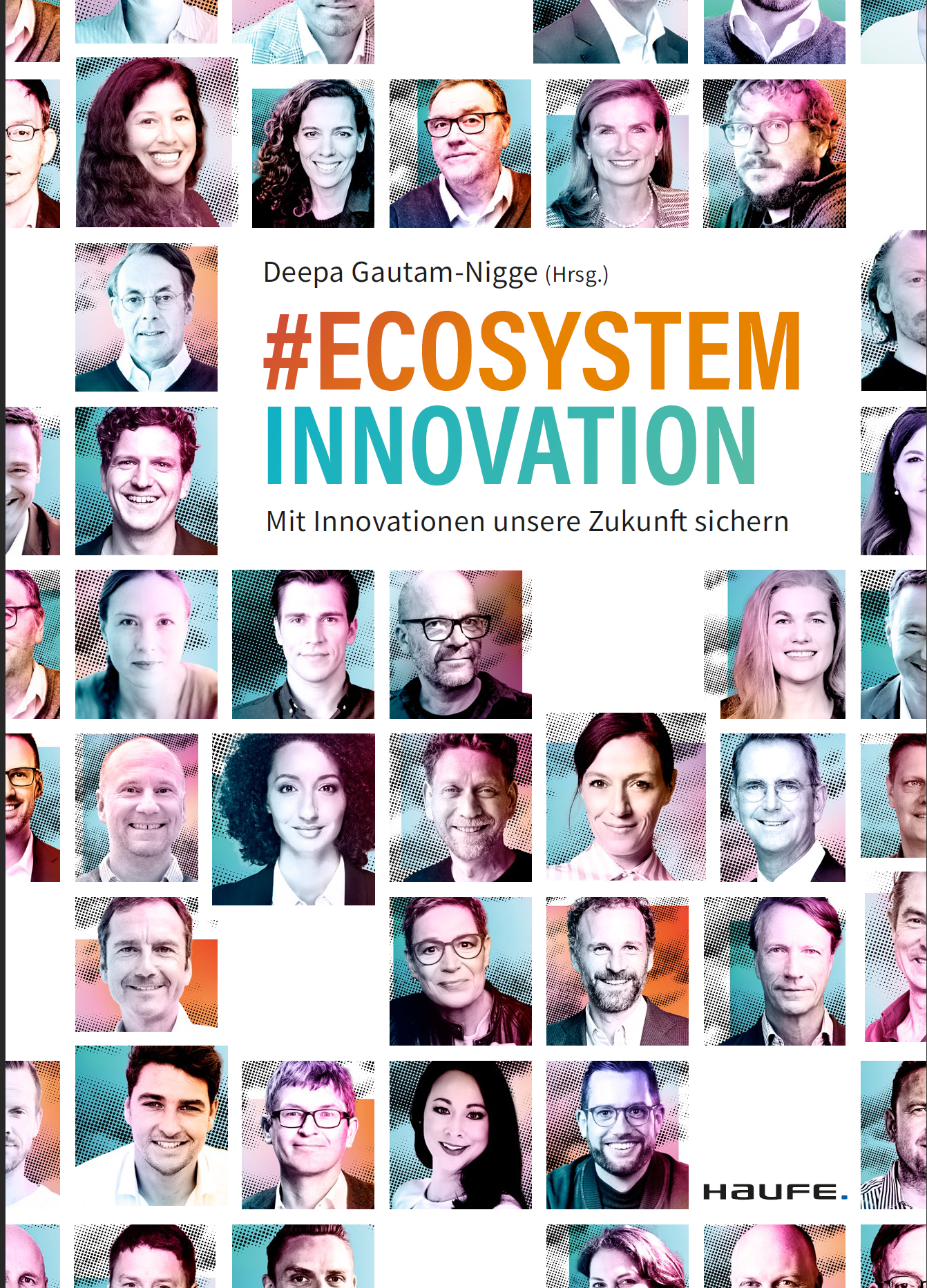Software business models: Google´s Business Model
The European Workshop on Software Ecosystems is an annual event which connects top notch researchers and business professionals in the field of software and platform ecosystems as well as business networks. Here is an example of a topic we will discuss at the event.
Google is a software company that started in the search and online advertising business and has extended its business to many other areas. Google´s revenue is mainly from broker business.
What Google does successfully is matchmaking between online advertisers and potential customers. But Google has more products and services than just online advertising and search. Let us have a look at the business model. We start with the products/services offered and the business model archetype.
Besides of Google´s main business as a broker, Google is a manufacturer of the Google Search Appliance, which is a hardware appliance that includes Google´s Search Engine. Target customers are companies, that should use the search appliance for searching their intranet. Inventor business at Google is mainly focused on inventing products for the broker business and for other SaaS offerings like Google Apps, Gmail or Google Voice. The SaaS offerings are created by combining the business models Physical Lessor, IP Lessor and Contractor. In addition, Google acts as a IP Lessor for browser, operating systems and content of books.
Google business model canvas
Looking at all major Google businesses the following Google business model canvas can be created:
The key value propositions of Google circulate around free and easy to use offerings as well as apps for end users as well as online advertising and cheap online solution for corporate customers.
Customer relationships in the Google business model canvas are mainly highly automated mass relationships, while some direct relationships are kept for corporate customers.
Revenue streams of Google will be analyzed further down on this page.
If we look only at Google search, we find the following business model canvas:
Google´s revenue models
This overview of revenue models is limited to large sources of Google revenue. As mentioned above, the main source of revenue at Google is from their broker business, which we will analyze in a little more detail below.
Now let us have a look at Google´s revenue model for the broker business. As you may remember, there usually is a compensation for every product and service, not necessarily as a payment. In Google´s case the non-monetary compensation for their search offering is the key to Google´s fortune.
Here you can see that Google´s search business basically provides a search service to search customers and a PPC (Pay per click) advertising service to its advertising customers. The compensation for the PPC advertising service is payment per click on an advertisement. The non-monetary compensation for the search service is data about the user who is searching.
Google´s revenue model synergies
The Google business model has two striking advantages: The information about the search customers is provided to Google for free and Google sells advertising space, perfectly matched with the customer in-formation, to advertisers via an automatic online auction.
So Google leverages a revenue synergy between the search and advertising business. The revenue model allows the revenue generated in the broker business to be used to carry the sunk cost and operations cost of offerings like Gmail and others.
Find more information on business models in the following books:













